6 simple and effective tips to revive orchids
How to revive our orchids? Here are the best tips
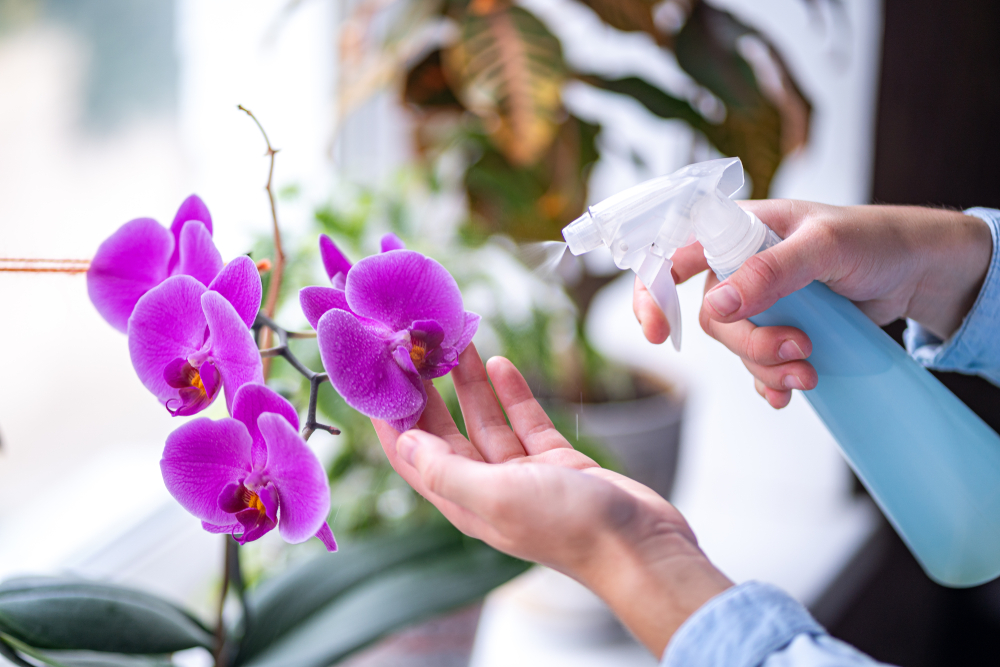
The more you purchase plants and given away to the world are the orchids. In nature there are more than 20 thousand species, divided into more than 650 different varieties, of various sizes and a thousand fantastic colors. Like any plant, orchids are small garrisons of life, scattered here and there in our homes. The most common variety - and perhaps the most elegant of all - is thePhalaenopsis, A name which in Latin means "similar to a butterfly." But often, after a first enchanting bloom, the plant remains for a long time with bare stems, which are struggling to rigermogliare.
Is there a way to make it bloom again? Of course yes! Here are 6 simple tips and tricks to see again your orchids full of life and color.
The water…
Let's start with basic: water. Although it may seem tenuous, the golden rule for any plant is to water it as needed, when needed. They are really very few plants that they need to drink every day. And for the orchid? Simple. The orchid should be watered when you see that the bark in the pot is dry and light or when (but we are already in an emergency!) The leaves start to tend to yellow and fibrous seem to touch. Immerse the plant in a basin filled with water at room temperature, let drink plenty and pull it out. Never allow water to stagnate in the pot! You may cause root rot.
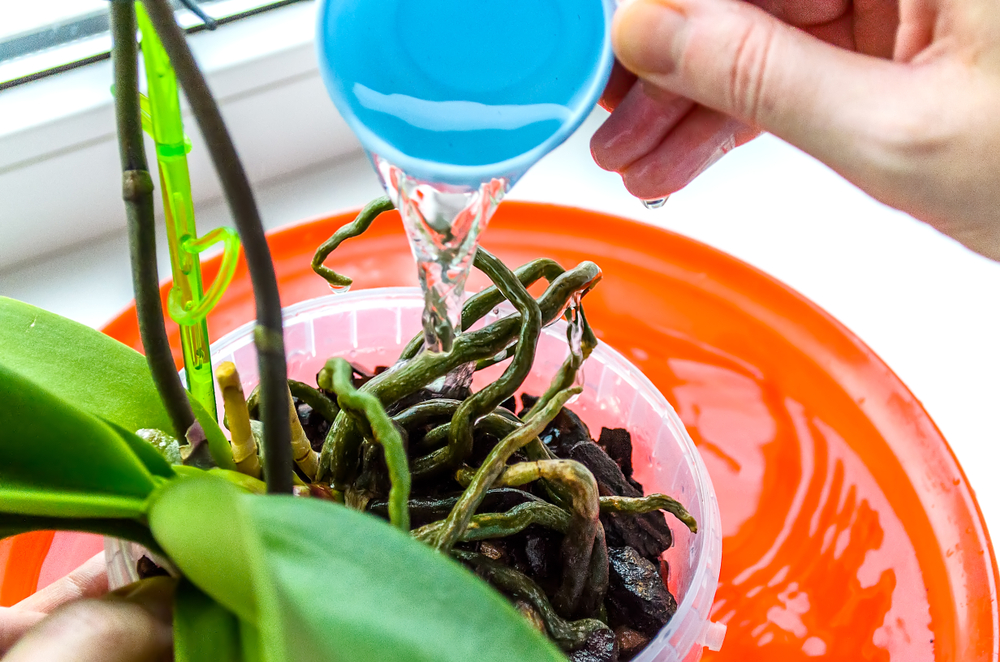
...and humidity
If you do not feel to immerse your plant in the water, you can use an alternative ploy to keep it moist. Spray on the leaves and bark of the vessel once every two days and keep it in an environment in which there is never a temperature below 15 ° C.
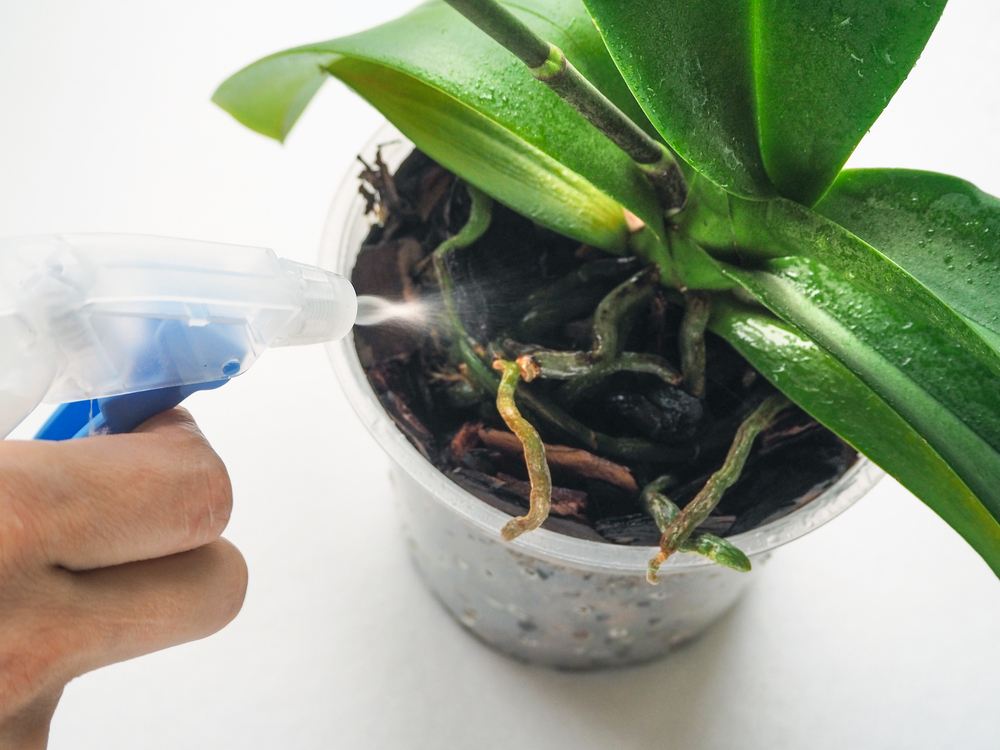
The light
The light is another fundamental element for orchids (and for each type of plant). If there is no light, the plant does not flower and the leaves turn yellow. Find in a house very bright suitable place to welcome her. Avoid the windowsills too exposed to the sun so as not to burn the leaves behind the glass.
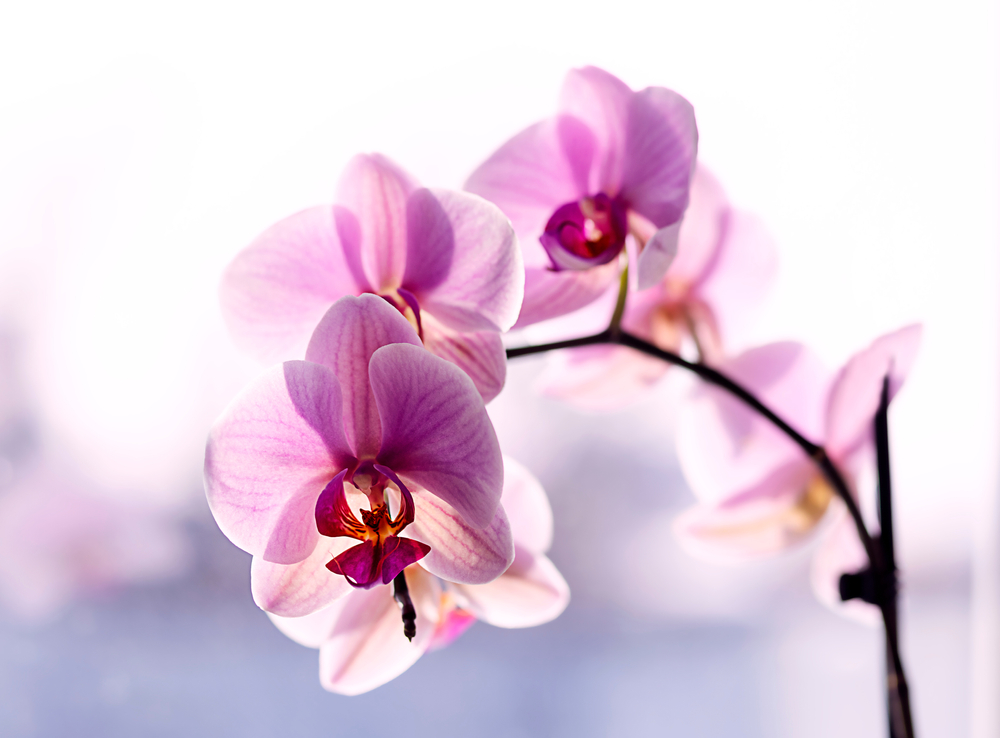
The fertilizer
Ask your nurseryman trust a specific fertilizer for orchids. Generally the most used compounds contain nitrogen, phosphorus and potassium, but depending on whether your orchid needs a stimulus to the leaves, flowering or simply a bit 'of energy, you will need different products. Ask an expert, you will surely recommend the best fertilizer, which is right for your plant.
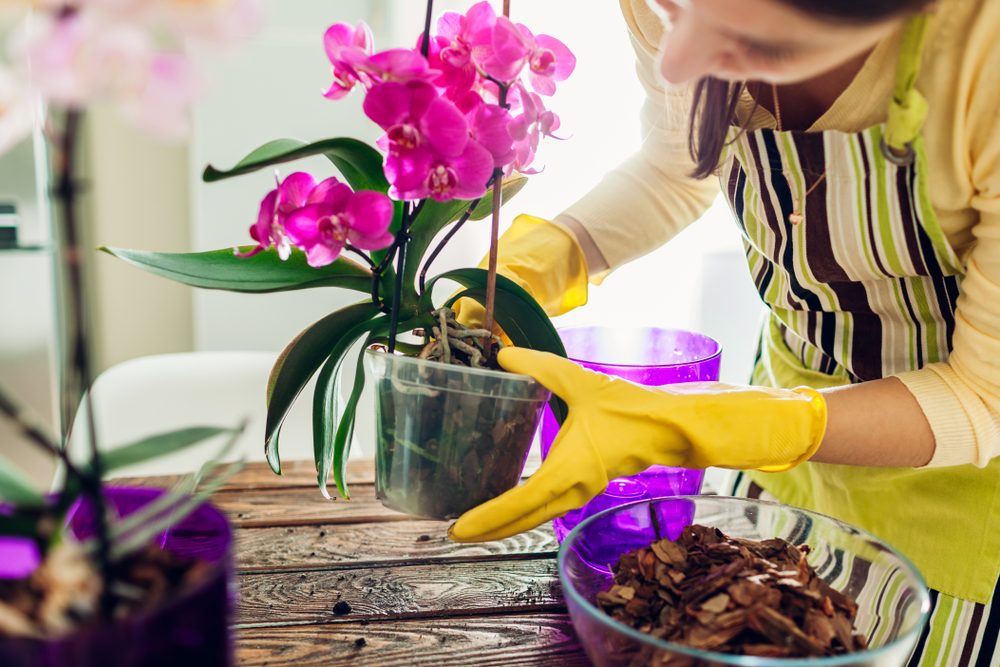
Give a cut
Not everyone agrees on the need to prune the orchids, but sometimes give us a cut can really be a push to reinvigorate. There are two different techniques for pruning orchids: can remove yellowed leaves, dried roots and withered flowers or to go further and also sever the stems to about 20 centimeters from the base. In both cases, however, they will be indispensable perfectly clean shears and putty to cover the wound. Orchids are very susceptible to pathogens.
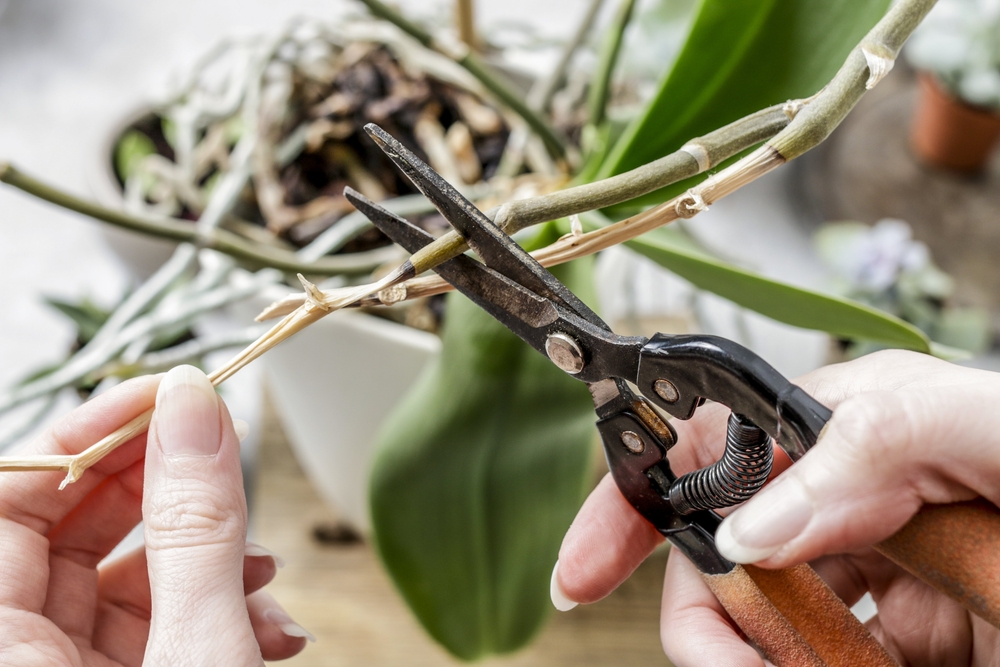
The vase
It may seem trivial, but the pot really makes a difference in the orchid maintenance. In the market there are some who are simply fantastic: elegant, refined, a thousand bills and thousand colors that highlight even more the beauty of the plant. It is a great accessory for a gift, but once at home, remember that the orchid roots need light. If the plant is struggling to bloom again, put it in a transparent vase. It will be even easier to monitor the health of the roots.
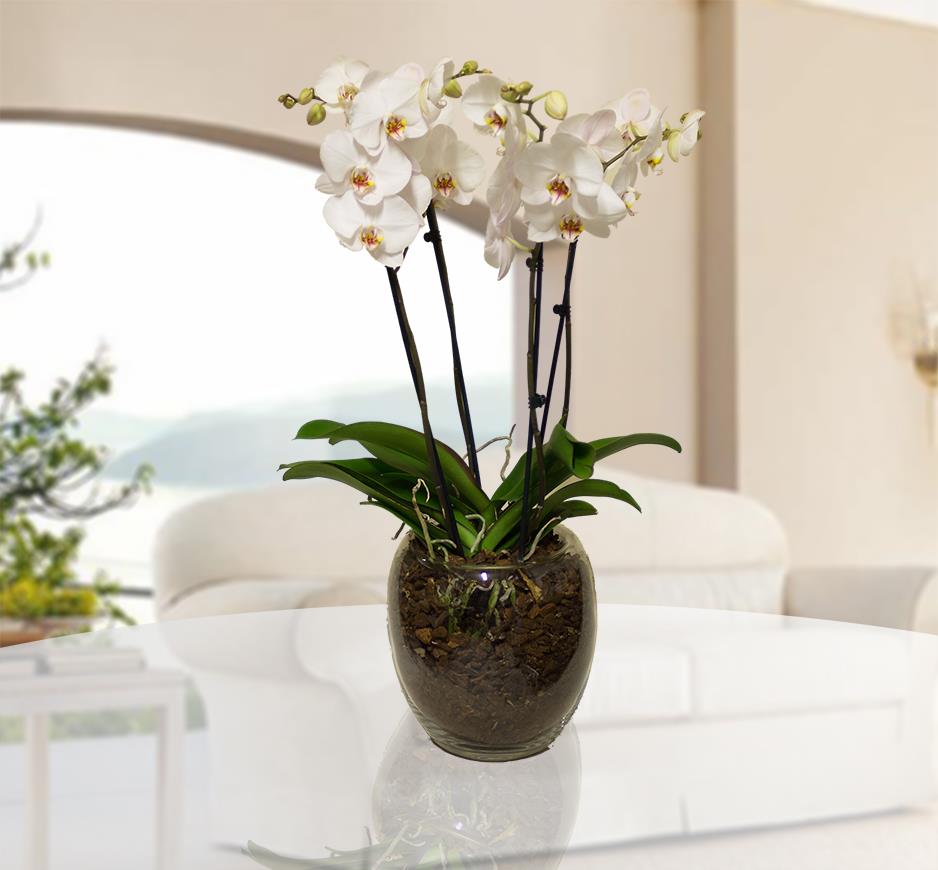

6 popular Android applications that ruin your phone

